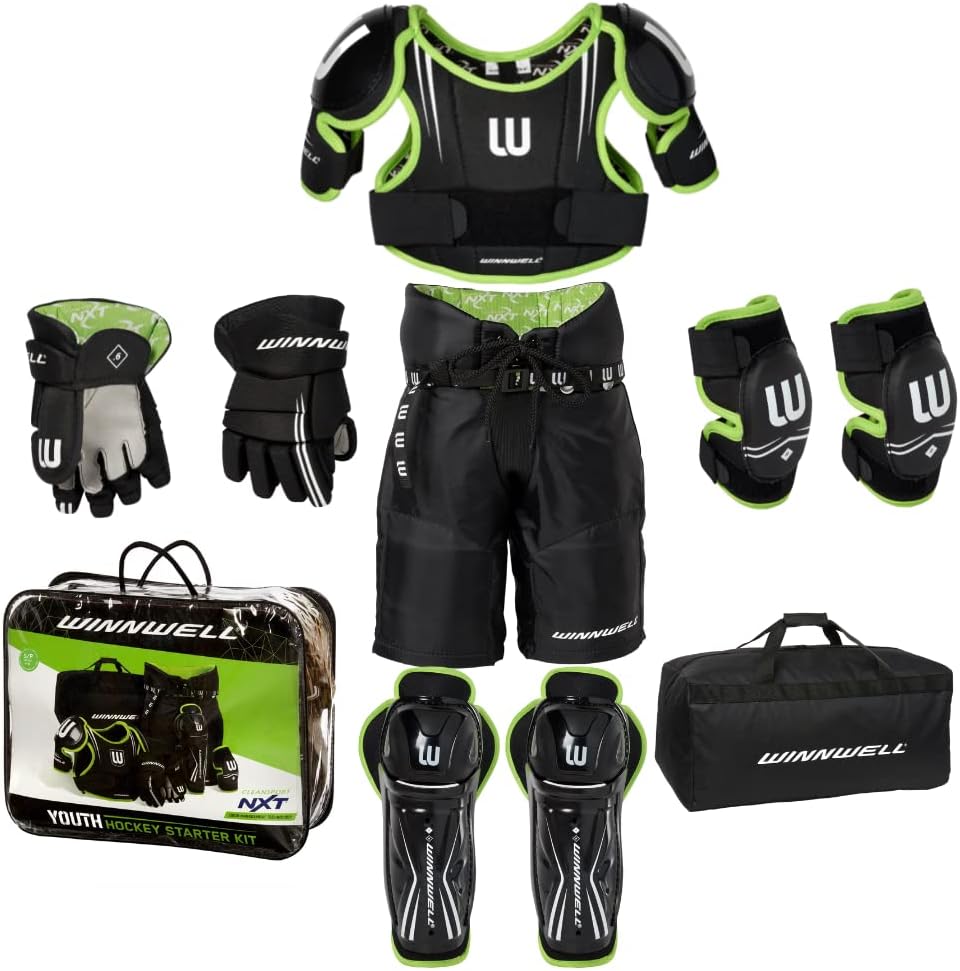The Ultimate Guide to Hockey Protective Equipment: Safeguarding Players on the Ice
When it comes to playing hockey, ensuring the safety of players is of utmost importance. Proper protective equipment is crucial in preventing injuries on the ice. In this comprehensive guide, we will explore the different types of hockey protective equipment and provide valuable insights on selecting, fitting, and maintaining them. By prioritizing player safety, we can create a safer and more enjoyable hockey experience for everyone.

Helmets: Safeguarding the Head
Helmets play a vital role in protecting the head and preventing serious head injuries in hockey. It is essential to choose the right helmet for optimal safety.
Types of Hockey Helmets
There are various types of hockey helmets available, including:
Traditional Helmets: These helmets provide full coverage and are commonly used in amateur and recreational leagues.
Certified Helmets: Certified helmets meet specific safety standards and offer enhanced protection against impacts.
Hybrid Helmets: Hybrid helmets combine the features of traditional and certified helmets, providing a balance between protection and comfort.
Standards and Certifications
Hockey helmets must meet certain standards and certifications to ensure their effectiveness. Look for helmets that comply with recognized standards such as the HECC (Hockey Equipment Certification Council) or CSA (Canadian Standards Association).
Proper Fitting and Maintenance
A properly fitting helmet is essential for optimal protection. Ensure the helmet sits snugly on the head, covering the forehead and temples. Regularly inspect the helmet for any signs of damage and replace it if necessary.
FAQs
What are the key features to consider when selecting a hockey helmet?
When selecting a hockey helmet, consider factors such as proper fit, certification, and the level of protection provided.
How often should I replace my hockey helmet?
Hockey helmets should be replaced every few years or if they have been involved in a significant impact or show signs of wear and tear.
Are there any specific regulations regarding helmet usage in different hockey leagues?
Each hockey league may have its own regulations regarding helmet usage. It is important to familiarize yourself with the specific rules and requirements of your league.
Conclusion
Protective equipment is a critical aspect of hockey that ensures the safety and well-being of players on the ice. By understanding the different types of hockey protective equipment and their features, players can make informed decisions to prioritize their safety.
When selecting protective gear, it is important to consider factors such as proper fitting, level of protection, and adherence to league regulations. Regular maintenance and care of the equipment are essential to ensure its effectiveness and longevity.
Remember to refer to the specific regulations and guidelines of your hockey league or organization to ensure compliance with their requirements. Safety should always be the top priority, and investing in high-quality protective equipment is a worthwhile investment in your overall well-being as a hockey player.




